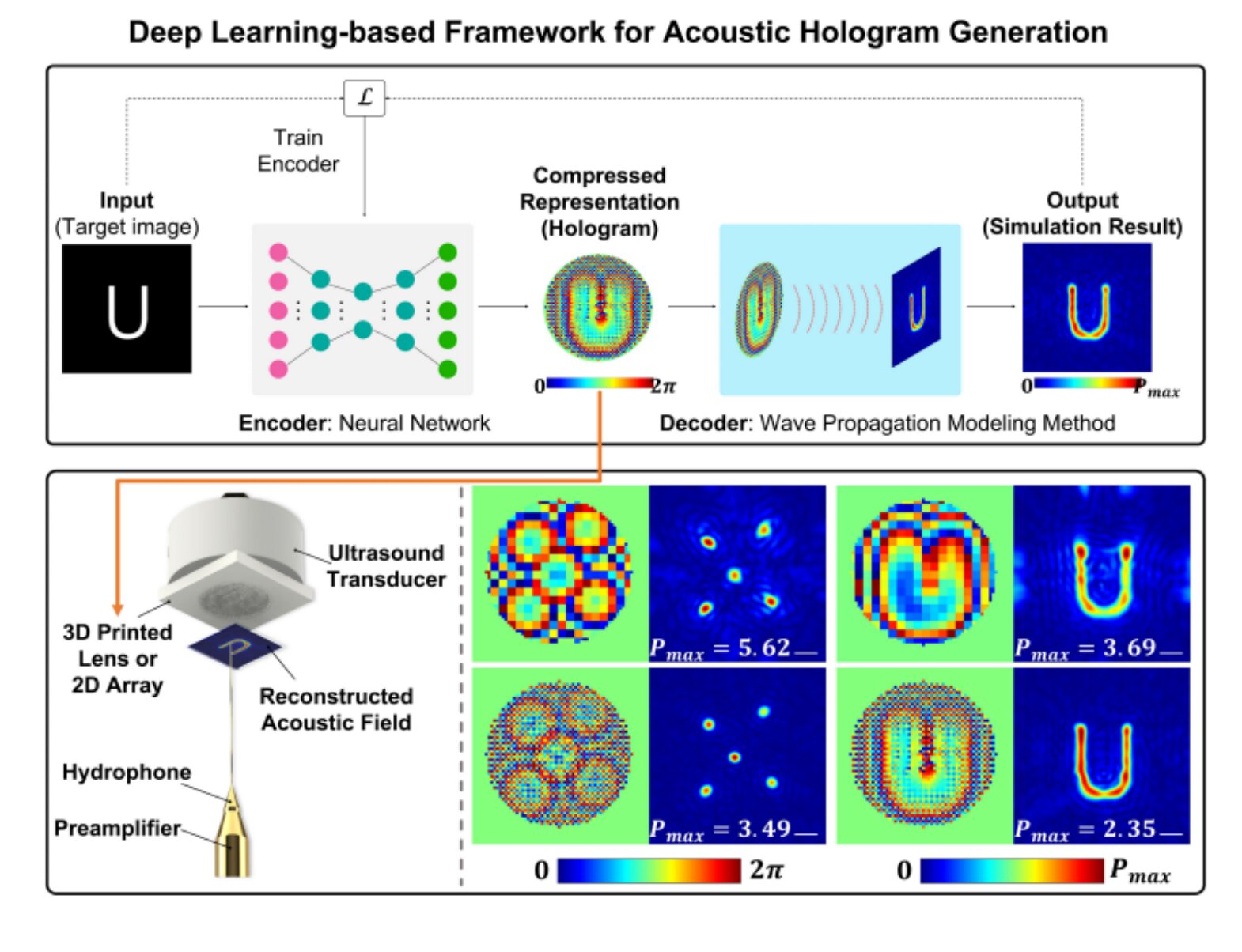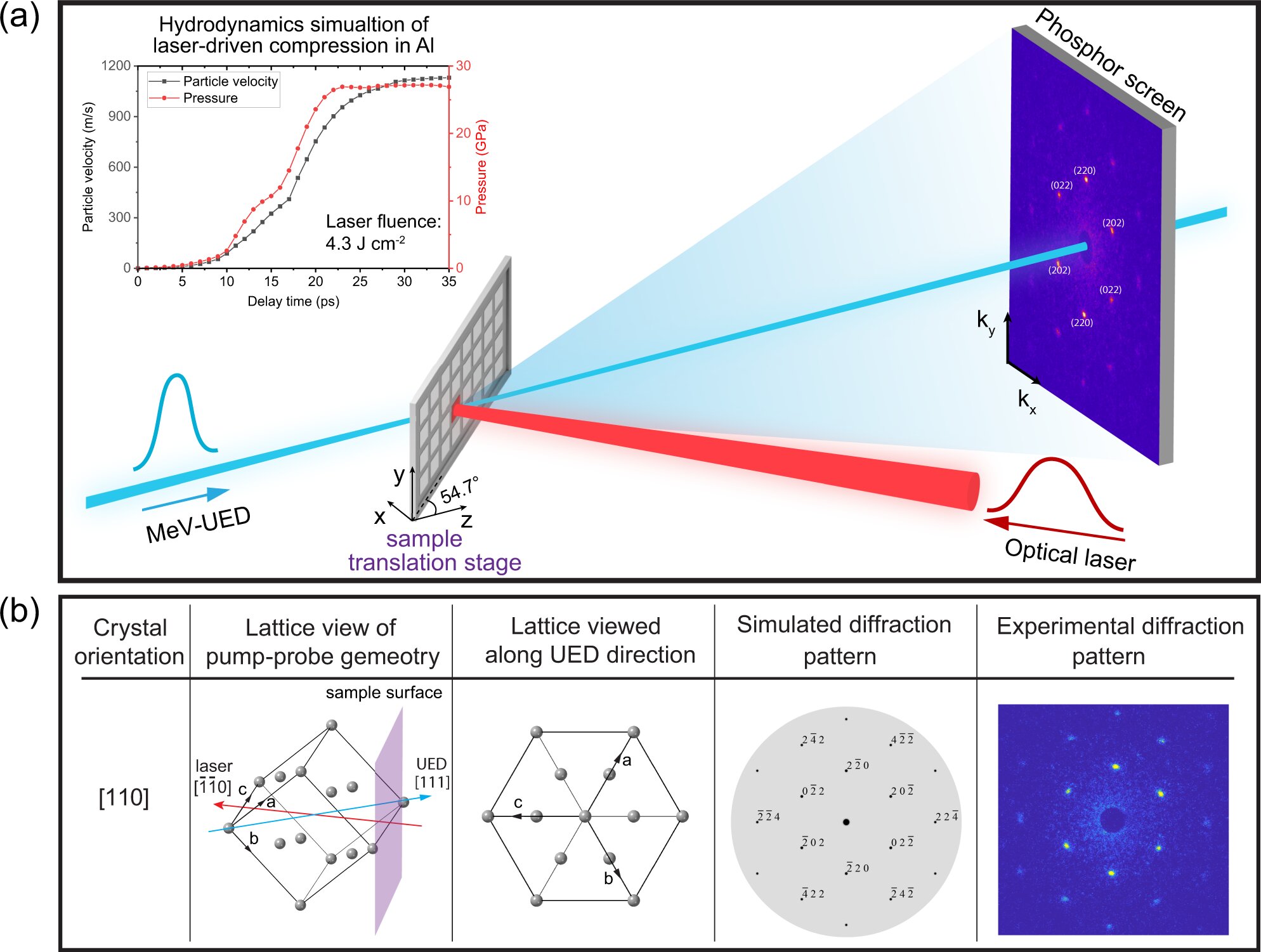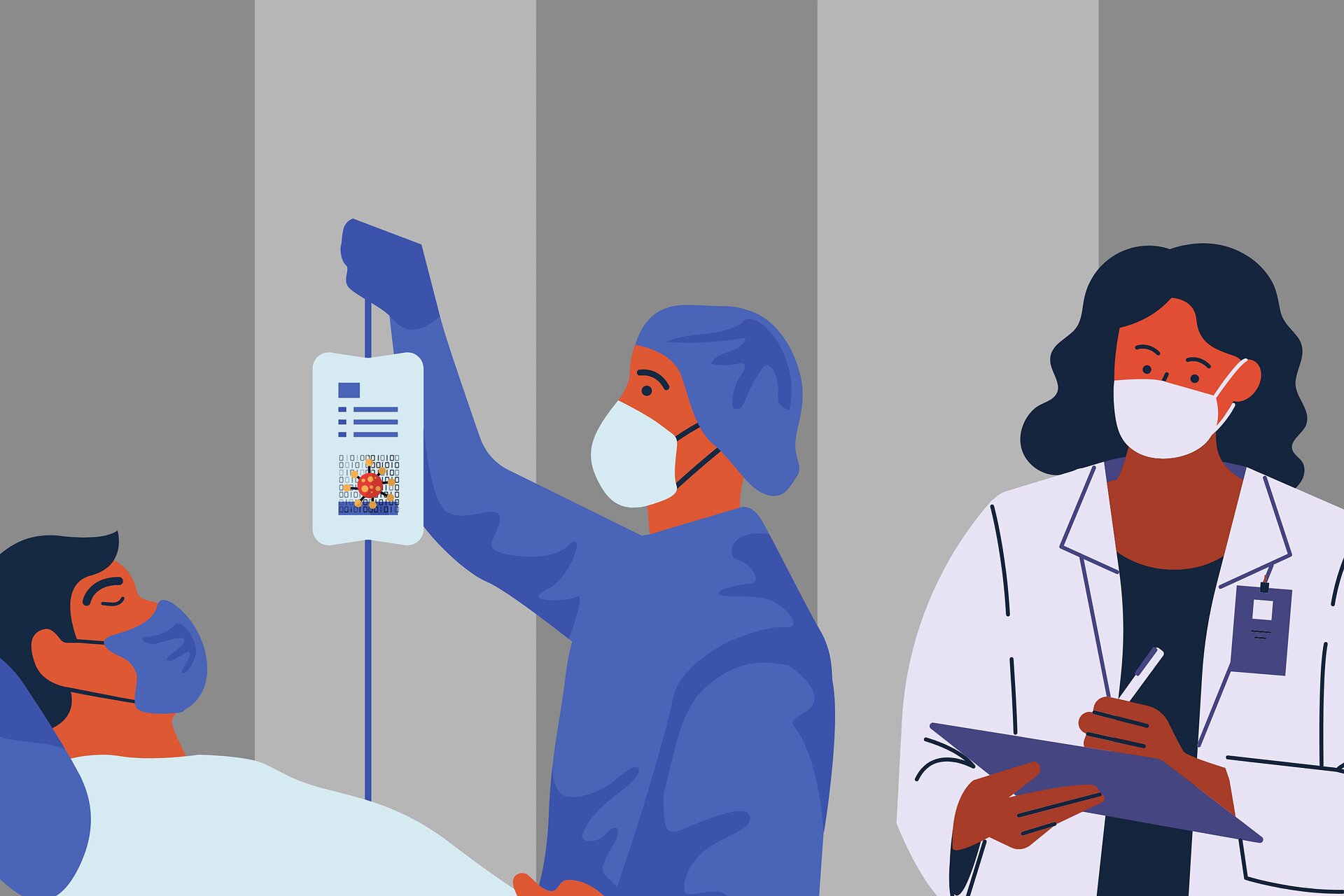#Developing deep learning based real-time ultrasonic hologram generation technology

Table of Contents
“Developing deep learning based real-time ultrasonic hologram generation technology”

DGIST Department of Electrical Engineering and Computer Science Professor Hwang Jae-yoon’s team developed a deep learning-based ultrasound hologram generation framework technology that can freely configure the form of focused ultrasound in real time based on holograms. It is expected to be used as a basic technology in the field of brain stimulation and treatment that requires precision in the future.
Ultrasound is a safe technology even used for prenatal examination. Since it can stimulate deep areas without surgery, ultrasound methods for brain stimulation and treatment have recently been studied. Previous research has found that ultrasound brain stimulation can help treat conditions, such as Alzheimer’s disease, depression, and pain.
However, the problem is that it is difficult to selectively stimulate related areas of the brain in which several areas interact with each other at the same time because the current technology focuses ultrasound into a single small point or a large circle for stimulation. To solve this problem, a technology capable of freely focusing ultrasound on a desired area using the hologram principle had been proposed, but has limitations, such as low accuracy and long calculation time to generate a hologram.
DGIST Professor Hwang Jae-yoon’s team proposed a deep learning-based learning framework that can embody free and accurate ultrasound focusing in real time by learning to generate ultrasound holograms to overcome the limitations. As a result, Professor Hwang’s team demonstrated that it was possible to focus ultrasound into the desired form more accurately in a hologram creation time close to real time, and up to 400 times faster than the existing ultrasound hologram generation algorithm method.
The deep learning-based learning framework proposed by the research team learns to generate ultrasonic holograms through self-supervised learning. Self-supervised learning is a method of learning to find the answer by finding a rule on its own for data with no answer. The research team proposed a methodology for learning to generate ultrasonic hologram, a deep learning network optimized for ultrasonic hologram generation, and a new loss function, while proving the validity and excellence of each component through simulations and actual experiments.
DGIST Department of Electrical Engineering and Computer Science Professor Hwang Jae-yoon said, “We applied deep learning technology to ultrasound holograms proposed relatively recently. As a result, we developed a technology that can freely, quickly and accurately generate and change the form of ultrasound beams,” and added, “We hope that the results of this research are used in patient-specific precision brain stimulation technology and general ultrasound fields (ultrasound imaging, thermal therapy, etc.).”
The paper is published in the journal IEEE Transactions on Ultrasonics, Ferroelectrics, and Frequency Control.
Moon Hwan Lee et al, Deep Learning-Based Framework for Fast and Accurate Acoustic Hologram Generation, IEEE Transactions on Ultrasonics, Ferroelectrics, and Frequency Control (2022). DOI: 10.1109/TUFFC.2022.3219401
Provided by
DGIST (Daegu Gyeongbuk Institute of Science and Technology)
Citation:
Developing deep learning based real-time ultrasonic hologram generation technology (2022, December 29)
retrieved 1 January 2023
from https://techxplore.com/news/2022-12-deep-based-real-time-ultrasonic-hologram.html
This document is subject to copyright. Apart from any fair dealing for the purpose of private study or research, no
part may be reproduced without the written permission. The content is provided for information purposes only.
If you liked the article, do not forget to share it with your friends. Follow us on Google News too, click on the star and choose us from your favorites.
For forums sites go to Forum.BuradaBiliyorum.Com
If you want to read more Like this articles, you can visit our Science category.



